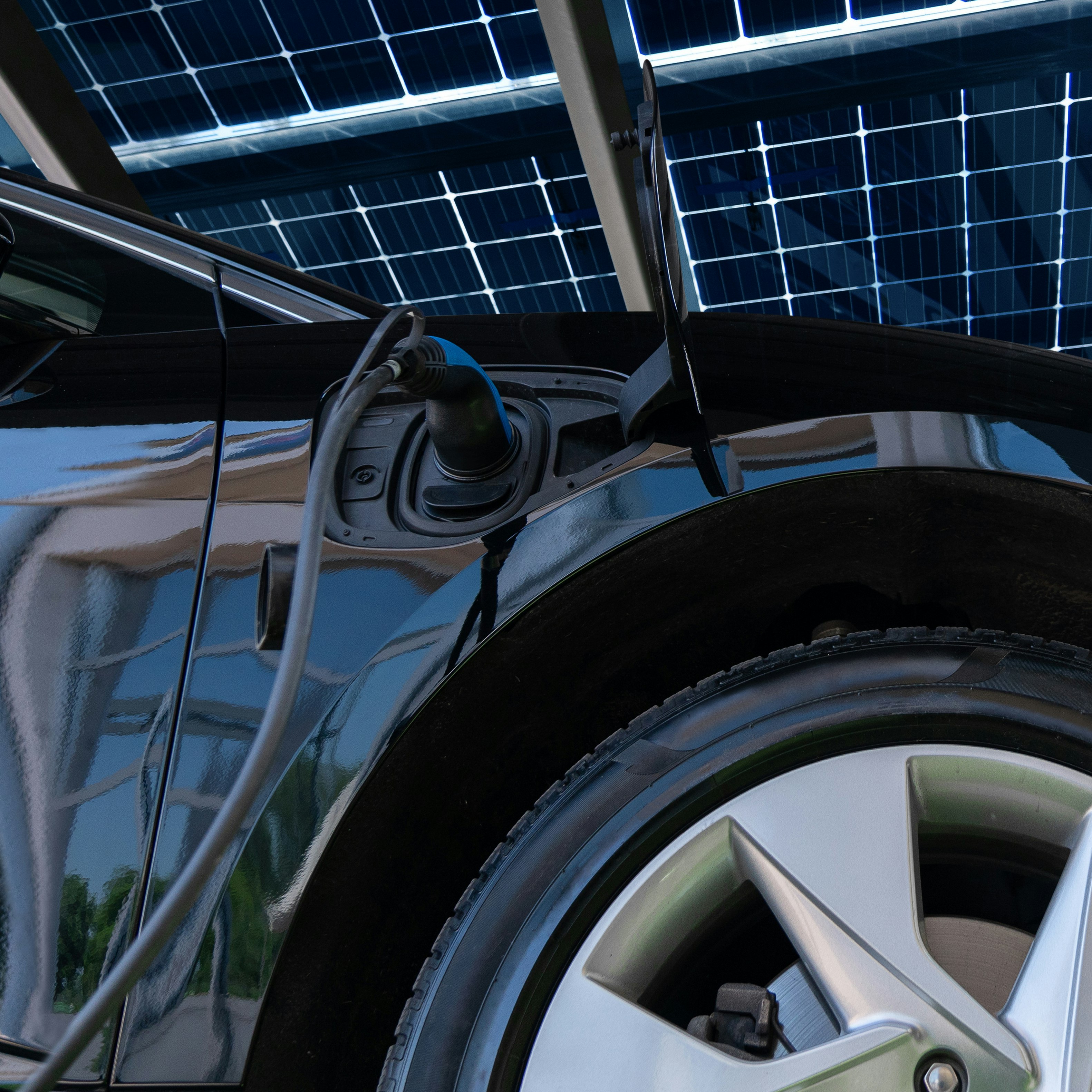Global EV Outlook 2023 - Analysis and key findings. A report by the International Energy Agency.

www.iea.org
Good stuff here. More recently, IEA is antipathy that over the next 7 years the EV fleet will grow 10X. This is nearly a 40% annual growth rate, UNDER CURRENT POLICIES. So I think the EAI finally has a fair appreciation for EV growth rates.
Finally, these charts!
View attachment 985843
View attachment 985842
I'd also would point out that if EV sales grow 10X over 7 years from 2022 (roughly consistent with growth in the fleet), then we hit 100M EVs sold in 2029. This could be 80% to 100% of the total light auto market. Moreover, just one more year of near 40% growth would be close to 140M EVs in 2030. I think this pretty much kill off the ICE market entirely (a trivial niche at best).
Alternatively, if EVs follow more of a logistic growth curve, we could see ICE continue to hold 10% market share in 2030. This is more consistent with how I've modeled it over the years, as opposed to the exponential model implied in the above paragraph.
In any case, ICE makers go from roughly a 80M vehicle market in the early 2020s to a 0 to 20M market by the end of the decade. This is a serious crisis brewing. The recent uptick in ICE sales only lulls ICE makers into complacency and false comfort.




